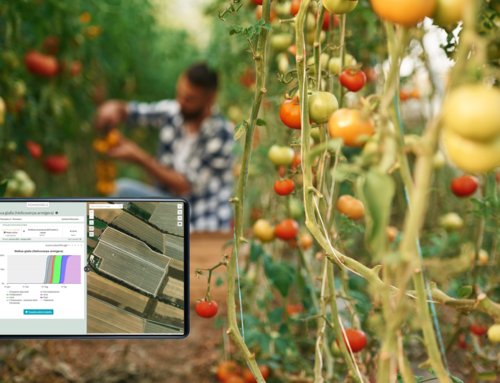St. Martin’s day, symbolically associated with winemaking, coincides with the beginning of the new crop year.
For many decades, in fact, November 11 has been considered an important day for the agricultural world. It marks the transition from the old to the new crop year and characterizes the period in which the season just ended is analyzed and new contracts are signed.
Traditionally, agricultural rentals start with St. Martin’s Day: it represents the beginning and the end of the main activities of a farm.
Innovations and technologies for the new crop year
Traditions should not be forgotten, but rediscovered and enhanced: the agri-food sector, however, needs innovations to address the critical issues related to globalization and the growing impact of human activities on the environment.
Agriculture 4.0 has provided farmers with many useful tools by linking also to other sectors, such as geo-space, offering for example the possibility to remotely monitor their fields with a high resolution.

Fertilization – view from drone
This technology had a great impact on the development of precision agriculture thanks to the elaboration of prescription maps for variable rate fertilization based on the conditions of the vegetation in the field.
It is therefore possible to realize a reliable remote monitoring through satellite and scouting carried out in the field in order to evaluate the several situations found.
This type of work produces a huge amount of data that leads to the creation of forecast models, which estimate crop development and plant diseases, and Decision Support Systems (DSS), which integrate advanced data management, Artificial Intelligence and Machine Learning services.
Innovations for the agri-food chain
The agri-food chain can also benefit from technologies that allow data sharing, security and transparency. How? By registering information related to the activities carried out in the field and the transformation processes of food products, which can reach the final consumer, as proof of quality.
These technologies will ensure consumer safety, which will increasingly be related to the accuracy of the data produced and tracked by the various systems.






